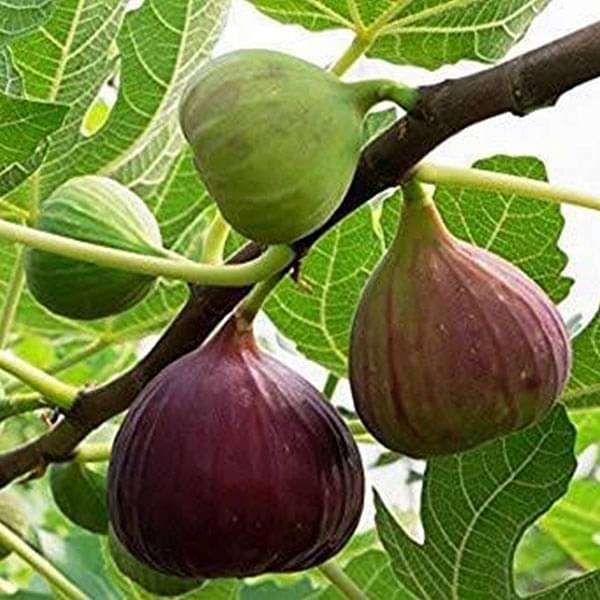
Fig Tree, Anjeer Fruit, Common Fig Fruit - Plant
(MRP Inclusive of all taxes)
- Shipping ₹79 for entire order
- Dispatch in 7 days
- Country of origin: India

(MRP Inclusive of all taxes)
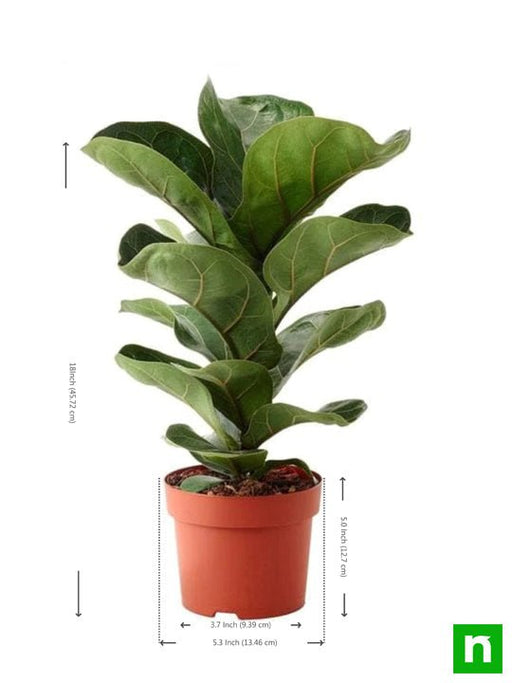
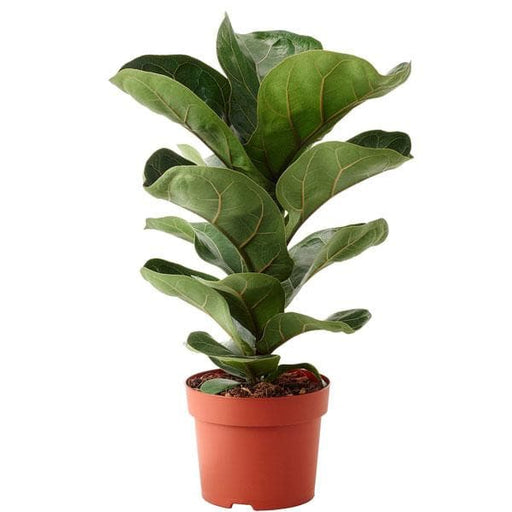 Save 19%
Save 19%
Ficus Lyrata Bambino, Dwarf Fiddle Leaf Fig - Plant The Ficus Lyrata Bambino, commonly known as the Dwarf Fiddle Leaf Fig, is a stunning h...
View full details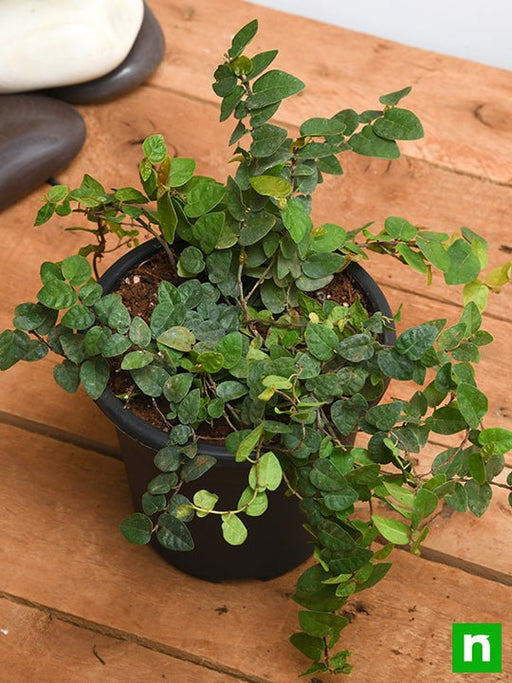
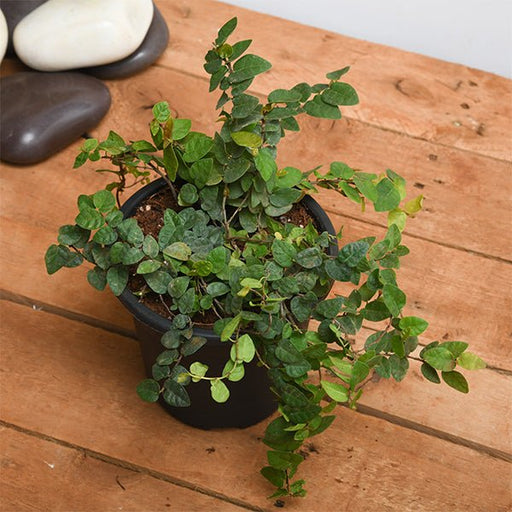 Save 26%
Save 26%
Creeping Fig Plant, Ficus pumila The Creeping Fig, scientifically known as Ficus pumila, is a versatile and resilient climbing plant nativ...
View full details Save 17%
Save 17%
Fig Tree, Anjeer Fruit, Common Fig Fruit - Plant The Fig Tree, scientifically known as *Ficus carica*, is a deciduous tree that produces t...
View full details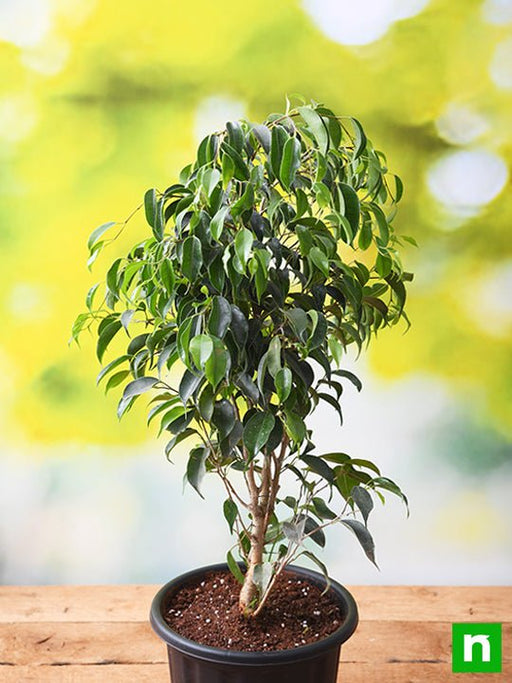
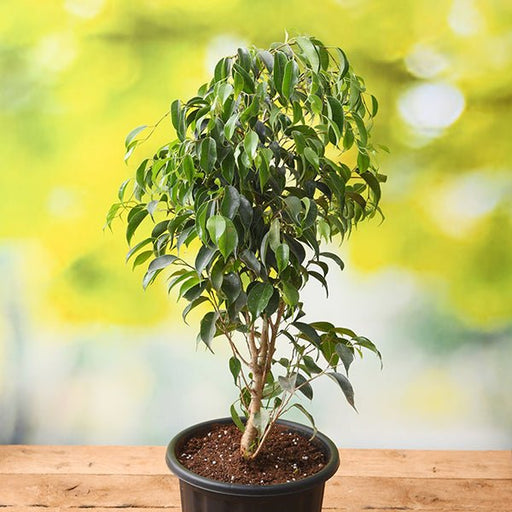 Save 18%
Save 18%
Ficus Benjamina - Weeping Fig Plant The Ficus Benjamina, commonly known as the Weeping Fig, is a stunning indoor plant that boasts glossy,...
View full details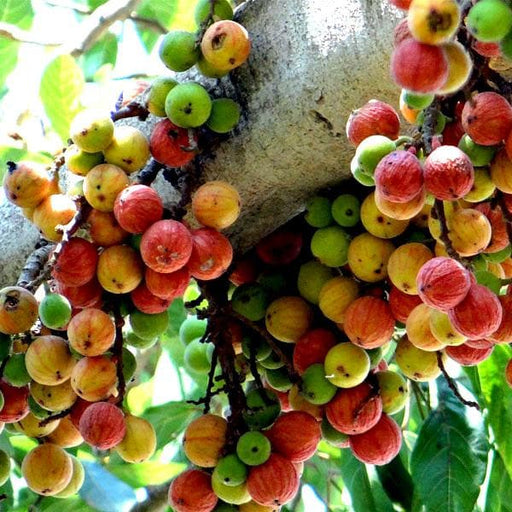 Save 18%
Save 18%
Goolar, Umber - Plant The Goolar, Umber (Ficus carica) is a remarkable plant known for its lush foliage and delectable fruit. Native to th...
View full details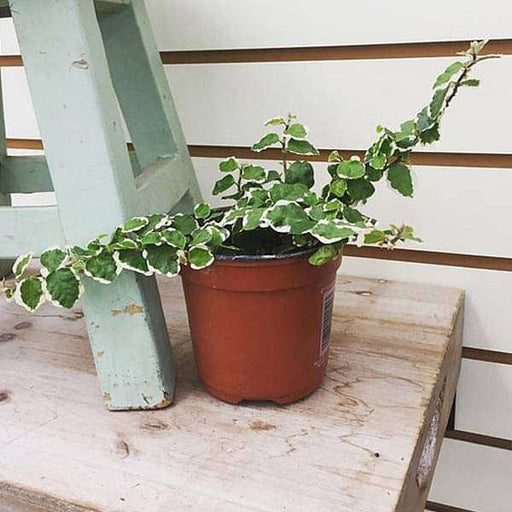
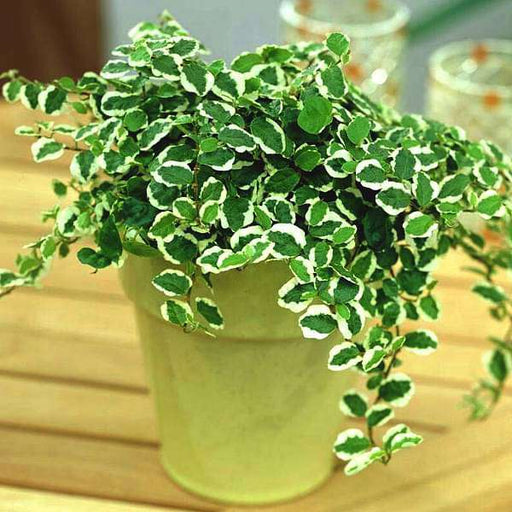 Sold out
Sold out
Variegated Creeping Fig, Ficus pumila - Plant The Variegated Creeping Fig (Ficus pumila) is a stunning evergreen vine known for its heart-...
View full details Save 15%
Save 15%
Pack of Vermicompost and Neem Cake for House Plants Transform your indoor garden with our premium Pack of Vermicompost and Neem Cake, spec...
View full details
Pack of Plant Growth and Flower Boosters Unlock the full potential of your garden with our Pack of Plant Growth and Flower Boosters! This ...
View full details Save 38%
Save 38%
Combo of Jeevamrut and Neem Raksha for Easy Growth and Protection of Houseplants Transform your indoor garden with our exclusive combo of ...
View full details Save 22%
Save 22%
Plant Nutrients Kit (Pack of 16) for a Healthy Garden Transform your garden into a lush paradise with our Plant Nutrients Kit, featuring 1...
View full details Save 16%
Save 16%
Combo of Top Plant Fertilizers Elevate your gardening game with our exclusive Combo of Top Plant Fertilizers, featuring two bags of premiu...
View full details Save 24%
Save 24%
Pack of 4 Additives to Make Soil Healthy and Nutrient Rich Transform your garden into a thriving ecosystem with our Pack of 4 Additives de...
View full details Save 30%
Save 30%
Transform your gardening experience with our premium Combo of Perlite and Vermiculite. This unique blend is designed to enhance soil aeration and ...
View full details Save 27%
Save 27%
Combo of 2 Vermicompost and Cocopeat - Enrich Your Soil Naturally! Transform your garden into a thriving ecosystem with our Combo of 2 Ver...
View full details
 Save 35%
Save 35%
Best 6 Plants for Perfect Indoor Garden Transform your living space into a lush oasis with our curated collection of the Best 6 Plants for a...
View full details
 Save up to 50%
Save up to 50%
Mini Succulent Garden Pack Transform your space with our Mini Succulent Garden Pack, featuring a delightful collection of 4 any variety beautiful s...
View full details
 Save 30%
Save 30%
5 Best Fragrant Plants Transform your garden or indoor space into a fragrant paradise with our curated selection of the 5 Best Fragrant Plants. Th...
View full details
 Save 24%
Save 24%
Set of 2 Bonsai Looking Grafted Adeniums Transform your indoor or outdoor space with our exquisite Set of 2 Bonsai Looking Grafted Adenium...
View full details Save 45%
Save 45%
Top 4 Die Hard Succulents Pack Transform your indoor or outdoor space with our Top 4 Die Hard Succulents Pack, featuring a curated selecti...
View full details
 Save 30%
Save 30%
5 Best Indoor Plants Pack Transform your living space into a lush oasis with our '5 Best Indoor Plants Pack.' This carefully curated collection fe...
View full details
 Save 25%
Save 25%
Set of 4 Evergreen Air Purifier Plant Pack Transform your indoor space into a lush, green oasis with our Set of 4 Evergreen Air Purifier Pla...
View full details| SrNo | Item Name | Qty |
|---|---|---|
| 2 | Anjeer Fruit, Common Fig Fruit Plant | 1 |
The Fig Tree, scientifically known as *Ficus carica*, is a deciduous tree that produces the delicious Anjeer fruit, also known as the Common Fig. This ancient fruit has been cultivated for thousands of years, dating back to the Mediterranean region. With its sweet, succulent flesh and unique texture, the fig is not only a culinary delight but also a powerhouse of nutrients, rich in fiber, vitamins, and antioxidants.
What makes the Fig Tree special is its adaptability to various climates and soil types, making it a favorite among gardeners and farmers alike. Its lush green leaves provide ample shade, while the fruit is a staple in many diets around the world. The fig tree is also known for its historical significance, being mentioned in various ancient texts, including the Bible, symbolizing prosperity and peace.
One of the standout features of the Fig Tree is its ability to produce fruit in a variety of conditions. It thrives in warm climates and can even tolerate drought, making it an environmentally friendly choice for sustainable gardening. Additionally, the fig tree supports local ecosystems by attracting pollinators and providing habitat for various wildlife.
Growing fig trees contributes positively to the environment by improving soil health, providing shade, and supporting biodiversity. Their deep root systems help prevent soil erosion, while their fruit attracts various pollinators, enhancing local ecosystems.
When it comes to fig trees, variety is the spice of life! From the sweet Black Mission to the luscious Kadota, each fig tree has its own personality. Some are drama queens, needing just the right amount of sun and water, while others are low-maintenance divas. Whether you’re looking to impress your neighbors or just want a snack that’s fresher than your local grocery store, choosing the right variety is key. So, pick wisely, and let your fig tree journey begin!
Anjeer, or dried figs, are like nature’s candy, but with a health twist! Packed with fiber, vitamins, and minerals, these little nuggets can help with digestion, boost your heart health, and even keep your skin glowing. Who knew that indulging in something so delicious could also be a guilt-free affair? So, the next time you reach for a snack, consider the humble anjeer. Your taste buds and your body will thank you!
Caring for a common fig tree is like nurturing a friendship; it requires attention, love, and just the right amount of space. These trees thrive in well-drained soil and bask in the sun like they’re on a tropical vacation. Regular pruning helps them stay in shape, while occasional watering keeps them hydrated. Just remember, too much love can be a bad thing—overwatering is a common mistake that can lead to root rot. So, treat your fig tree right, and it’ll reward you with a bountiful harvest!
Planting a fig tree is like setting the stage for a grand performance. Choose a sunny spot with well-drained soil, and make sure to give it enough room to spread its roots. Dig a hole that’s twice as wide as the root ball, and don’t forget to mix in some compost for that extra oomph! Once planted, water it well and watch as your fig tree takes center stage in your garden. With a little patience, you’ll soon be the proud owner of a fig-tastic tree!
Harvesting figs is like a treasure hunt, but instead of gold, you’re after sweet, succulent fruit! Wait until the figs are plump and slightly soft to the touch—this is when they’re at their peak of deliciousness. Gently twist the fruit off the stem, and be careful not to damage the tree. Remember, figs don’t ripen off the tree, so timing is everything. Once you’ve gathered your bounty, it’s time to celebrate with a fig feast!
Every fig tree has its enemies, and pests are the villains in this garden saga. From pesky aphids to sneaky fruit flies, these little critters can wreak havoc on your beloved tree. But fear not! A little vigilance and some organic pest control can keep your fig tree safe. Regular inspections and a few natural remedies can help you fend off these garden gremlins. After all, a healthy fig tree is a happy fig tree!
Pruning a fig tree is like giving it a stylish haircut—just the right snip can make all the difference! This process helps improve air circulation and encourages new growth, ensuring your tree stays healthy and productive. Aim to prune in late winter or early spring before the new growth begins. Just remember, less is more; you don’t want to turn your fig tree into a bald eagle! With the right technique, your tree will flourish and reward you with a bounty of figs.
The secret to a thriving fig tree lies in its soil. These trees prefer well-drained, loamy soil that’s rich in organic matter. Think of it as a five-star hotel for your roots! Avoid heavy clay or overly sandy soils, as they can lead to unhappy trees. A pH level between 6.0 and 6.8 is ideal, so get your soil tested and make any necessary adjustments. With the right soil, your fig tree will be living its best life!
Fig trees are social creatures and love to have companions in the garden. Pairing them with herbs like basil or marigolds can help deter pests and enhance growth. These plants not only look great together but also create a harmonious ecosystem. Just imagine your fig tree throwing a garden party with its leafy friends! So, don’t be shy—mix and match your plants for a vibrant and productive garden.
Want to multiply your fig tree empire? Propagation is the way to go! You can easily propagate figs through cuttings or by layering. Simply take a healthy branch, cut it, and plant it in soil. With a little patience and care, you’ll soon have new fig trees sprouting up like they’re auditioning for a role in your garden. It’s like cloning, but way more fun and less sci-fi!
Don’t let a small garden stop you from enjoying the wonders of fig trees! There are compact varieties like the Petite Negra that fit perfectly in tight spaces. These little wonders still produce delicious figs without taking over your yard. With the right choice, you can enjoy the sweet taste of figs even in a cozy corner of your garden. So, go ahead and make your small space a fig paradise!
Ah, the fig tree! It’s like the cool cousin of the fruit family. Anjeer, or common fig, is a sweet, chewy delight that grows on this tree. With its lush green leaves and delectable fruits, it’s a must-have for any garden. Plus, it’s a natural snack that’s way more sophisticated than chips!
Growing a fig tree is easier than pie—fig pie, that is! Choose a sunny spot, plant it in well-drained soil, and water it regularly. Just remember, figs are like divas; they don’t like soggy feet! With a little TLC, you’ll be harvesting your own Anjeer fruit in no time.
Fig trees are like sunbathers; they thrive in warm, dry climates. They love USDA zones 7-10, where they can soak up the sun and grow to their full potential. If you live in a cooler area, consider container gardening. Just bring them inside when winter knocks on the door!
Watering a fig tree is like giving it a spa day—just the right amount! During the growing season, keep the soil moist but not soggy. Once established, they’re drought-tolerant. So, if you forget to water once in a while, don’t worry; your fig tree won’t hold a grudge!
Patience is a virtue, especially with fig trees! Typically, they start bearing fruit in their second or third year. You’ll be rewarded with luscious Anjeer fruit in late summer to early fall. Just remember, good things come to those who wait—like that sweet, sweet fig!
Fig trees are generally low-maintenance, but they can attract some uninvited guests. Watch out for fig beetles, spider mites, and scale insects. If they crash the party, a gentle spray of insecticidal soap will send them packing. Keep your fig tree happy and pest-free!
Pruning a fig tree is like giving it a stylish haircut! Do it in late winter or early spring before new growth. Remove dead or crossing branches to improve air circulation. Just don’t go overboard; you want a chic look, not a buzz cut. Your tree will thank you!
Absolutely! Fig trees are like the ultimate apartment dwellers. Choose a large pot with drainage holes and a quality potting mix. Just remember to water it more frequently, as potted plants dry out faster. With a little love, you’ll have a portable fig paradise right on your balcony!
Anjeer fruit is a nutritional powerhouse! Packed with fiber, vitamins, and antioxidants, it’s great for digestion and heart health. Plus, it’s a natural sweetener that can satisfy your sweet tooth without the guilt. So, indulge in this figgy goodness and feel like a health guru!
Ripe figs are like nature’s candy! They should feel soft to the touch and have a slight give when gently squeezed. The color will deepen, and they may even droop a bit. If you can resist the urge to eat them right away, you’re a stronger person than most!
Yes, you can! Fig leaves are not just for decoration; they’re edible and can be used in various dishes. They have a unique flavor and can be used to wrap food or make tea. Just remember to wash them well, as they might have a few figgy friends hanging around!
For home gardens, consider varieties like 'Brown Turkey,' 'Celeste,' or 'Kadota.' They’re reliable, delicious, and easy to grow. Each has its unique flavor profile, so pick one that tickles your taste buds. With these varieties, you’ll be the proud owner of a fig-tastic garden!